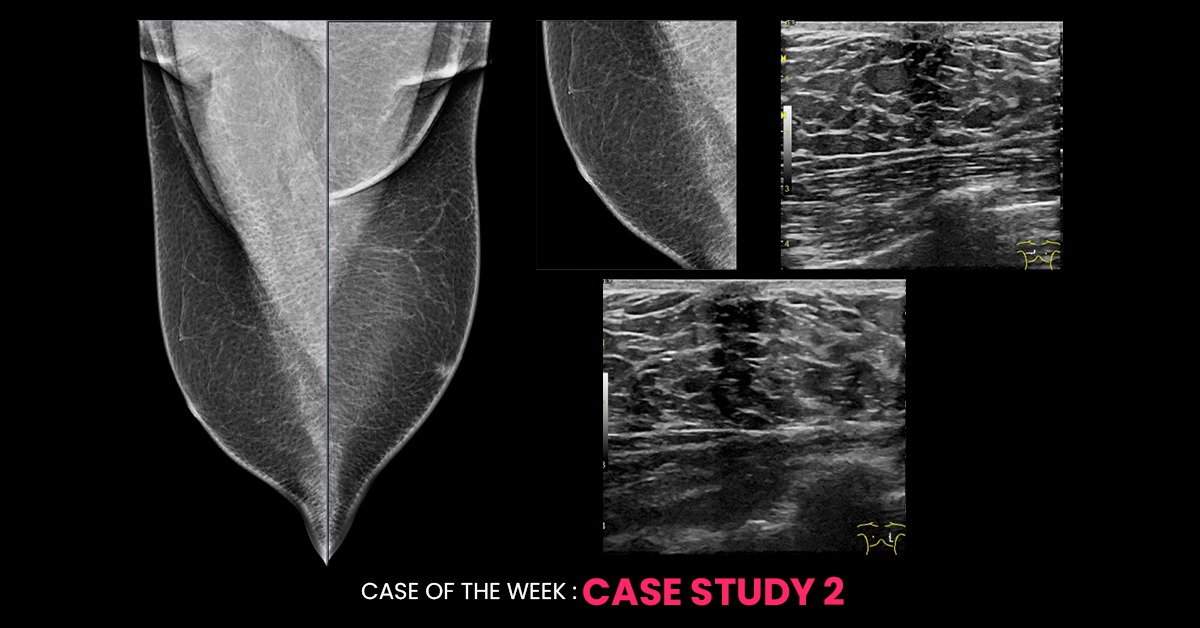Mail Us
contact@biedx.com

This is a male patient. The absence of breast parenchyma on the mammogram with an excess amount of fat represents “pseudogynecomastia”. There are multiple, tiny radiopaque densities with diffuse distribution. This is an artifact from “Talcum Powder”. One should clean the skin properly and repeat the radiograph in this case.
Pseudogynecomastia, also known as lipomastia or adipomastia, is a condition characterized by the enlargement of male breast tissue due to an accumulation of fat, rather than the growth of actual breast gland tissue, which is the case in true gynecomastia. This condition is often associated with being overweight or obese and can affect men of all ages.
The primary cause of pseudogynecomastia is an increase in body fat. Factors that contribute to this condition include:
Pseudogynecomastia is primarily identified by the following symptoms:
Diagnosis typically involves a physical examination by a healthcare provider. In some cases, additional tests such as ultrasounds or mammograms may be used to distinguish between pseudo and true gynecomastia.
Treating pseudogynecomastia focuses on reducing overall body fat through lifestyle changes and medical interventions:
Preventing pseudogynecomastia involves maintaining a healthy weight through balanced nutrition and regular exercise. Avoiding excessive alcohol consumption and consulting with a healthcare provider about the side effects of any medications can also help in prevention.
Living with pseudogynecomastia can be challenging due to the potential impact on self-esteem and body image. It’s important to seek support from healthcare professionals, support groups, and loved ones. Remember, you’re not alone, and effective treatments are available to help you manage this condition.
Pseudogynecomastia is a common condition that results from excess fat accumulation in the chest area. Understanding its causes, symptoms, and treatment options can empower those affected to take control of their health and well-being. If you suspect you have pseudogynecomastia, consult with a healthcare provider to determine the best course of action for your individual needs.
Here is one of the nice articles on Imaging in gynecomastia: Billa E, Kanakis GA, Goulis DG. Imaging in gynecomastia. Andrology. 2021 Sep;9(5):1444-1456. doi: 10.1111/andr.13051. Epub 2021 Jun 10. PMID: 34033252.
To provide state-of-the-art education and career growth to radiologists and surgeons for improved patient care through wide availability of highly skilled doctors.
Copyright © 2025 All rights reserved.